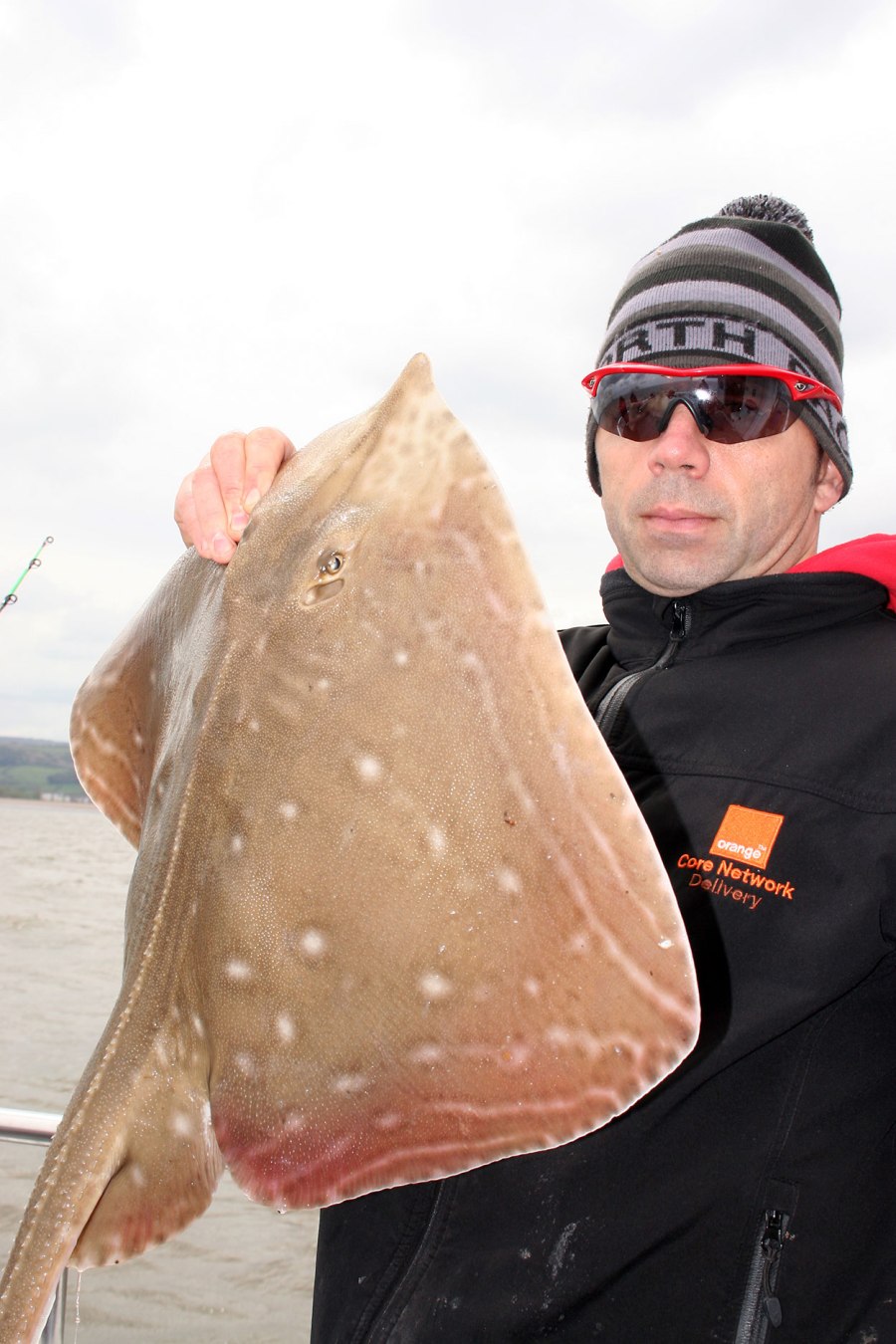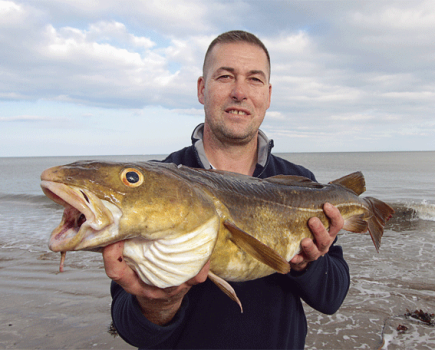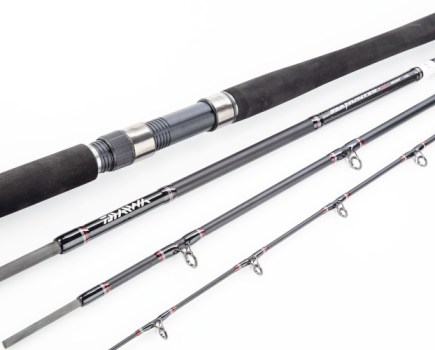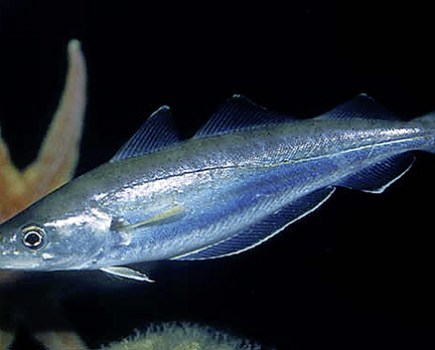Although not widely distributed around the whole of our coastline, the small-eyed ray can be found and caught from the south of Ireland, south Wales and the south of England.
They live in shallow water, close inshore to depths of up to 100m. Small-eyed rays prefer sandy bottoms.
They grow to around 80cm long and have 60cm wingspan. The maximum weight is around the 12lb mark.
IDENTIFICATION
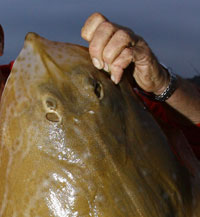
The snout of a small-eyed ray is very short and, although curved, the wings are almost set at right anglers.
The spines running along the tail and the middle of the body are very close together and bent in right angles.
They are grey/brown on the back with many large off-white patches and streaks which tend to run parallel with the edges of the wings.
The only true way to tell a small-eyed ray is the size of its eyes. Take a look at the gap between the eyes, now take a look at the length of the eye and spiracle. If the gap between the eyes is over twice the distance between the eye and spiracle, it is definitely a small-eyed ray.
FEEDING
Small-eyed rays feed over sandy bottoms, searching for worms, crustaceans, crabs and small fish such as sand eels and gobies.
BREEDING
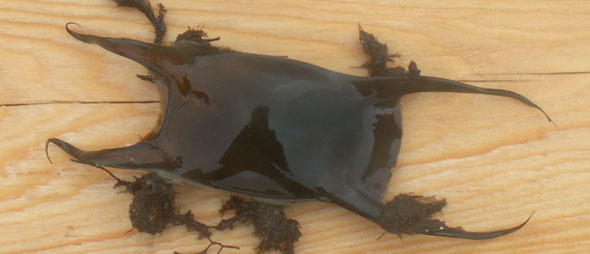
Like all rays, they lay egg capsules in summer. Small-eyed rays breed in the British Channel.
Their egg capsules measures around 9cm long and 6cm wide, excluding the long horns. Two of these are long and thin, the others are short and hook-like.

